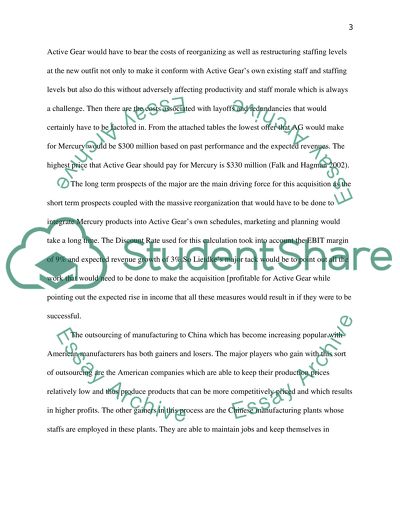Cite this document
(“Mercury Athletic Footwear Case Study: Corporate Valuation Essay”, n.d.)
Retrieved from https://studentshare.org/finance-accounting/1483759-mercury-athletic-footwear-case-study-corporate
Retrieved from https://studentshare.org/finance-accounting/1483759-mercury-athletic-footwear-case-study-corporate
(Mercury Athletic Footwear Case Study: Corporate Valuation Essay)
https://studentshare.org/finance-accounting/1483759-mercury-athletic-footwear-case-study-corporate.
https://studentshare.org/finance-accounting/1483759-mercury-athletic-footwear-case-study-corporate.
“Mercury Athletic Footwear Case Study: Corporate Valuation Essay”, n.d. https://studentshare.org/finance-accounting/1483759-mercury-athletic-footwear-case-study-corporate.


